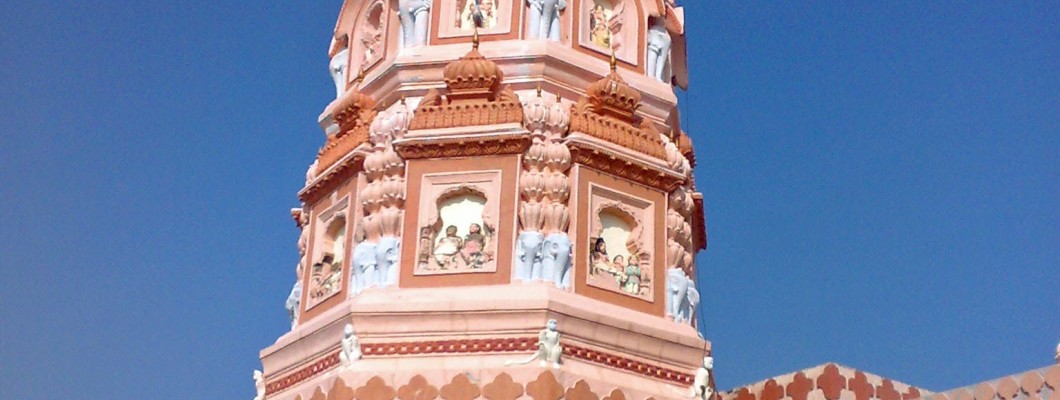
70 kms from Pune, in a land once abundant with peacocks,
exists the Moreshwar temple, the beginning and the end of the Ashta Vinayak
yatra to appease Lord Ganesha. This temple is the premier centre of worship of
the Ganapatya sect. It attracts the
greatest number of pilgrims in the Ashtavinayak circuit. The idol is "Swayambhu"
and is believed to have made by Lord Brahma. The Pandavas are said to have
enclosed the idol in a tin sheet, to check its destruction. It is believed that
layers of sindoor, applied on the deity over the years, peels off on its own every
100 or 150 years, revealing the actual idol. The temple was built sometime
before the 17th century by Morya Gosavi. The Peshwas of Maratha empire who
worshipped Ganesha as their family deity are supposed to have donated land,
cash etc. Currently, the temple is under the administration of the Chinchwad
Devasthan Trust.
Location Maharashtra, Pune, Mumbai
Legend
Legend has it that a demon, Sindhu, who by the blessing of
Sun God, achieved immortality with the help of the nectar in his stomach. With
his new found power he attacked the Gods and unleashed destruction. Responding
to the pleas of the Gods, Ganesha ,on a peacock, came down to earth and
defeated the demon by cutting open his body to empty the nectar. Ganesha, as he
rode a peacock in the war, earned the name Mayureshwar or Moreshwar.
This Temple is part of famous Ashtavinayak Yatra
Architecture
The Muslim influence on the temple architecture can be
detected in the four minarets at the four corners of the boundary wall, giving
it an image of a mosque from afar. The main temple is made of black stones. A
huge stone pillar for oil lamps and the structure of a mooshika(mouse) are
present in the front of the shrine while Nandi stands outside the premise
facing the Lord. The main entrance of the temple faces north and there are
sculptures of the eight avatars of Ganesha in different parts of the shrine.
The Vinayaka image in the sanctum is depicted in a seated posture with its
trunk turning to the left, four arms and three eyes. He is flanked by Riddhi
and Siddhi. On the pradhikshana path and in the courtyard are sacred trees
where many saints underwent penance.
Picture courtesy: commons.wikimedia.org
Culture
Morgaon is situated by the banks of river Karha. The temple
is the epicentre of the place, with every house in the village contributing
food offering to the God on Magh Shuddh Panchami day. The people of the village
offer thali lunch to the visitors of the temple at their house. Pune, the
closest city, is known as the cultural capital of Maharashtra and epitomises
the heritage of the Marathas
Darsan Info
Temple timings : 5.00 am to 10.00 pm
On request, the temple priests will perform Abhishek, Pooja
and Sahastravartan and send the prasad by post.
Darsan Dresscode
Devotees are advised to wear clean and conservative attire.
Famous Festival
January - Magha shukla Chaturthi (Jan/Feb)
September - Ganesha Chathurthi
October - Vijayadashami
Temple Rituals
At Moreshwar Mandir, puja is done thrice a day. During the
time of puja, Ganesh Atharvashirsha Aavarthana is performed. Food (Naivedya) is
offered to the deity three times in a day.
Special Rituals
It is customary to first take darshan of Nagnabhairava
before taking darshan of Mayureshwar.
Additional Info
![]()
Siddhi Restaurant at Jejuri
Hotel Malhargad
![]()

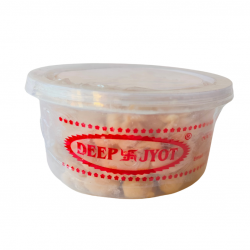
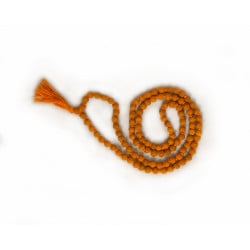
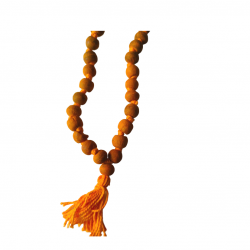
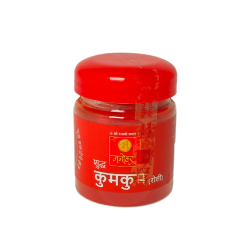
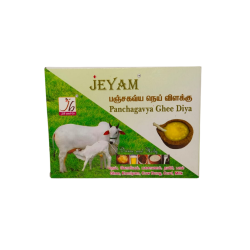
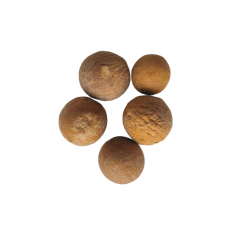
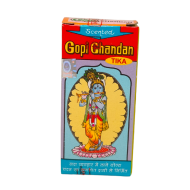
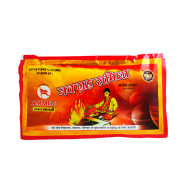
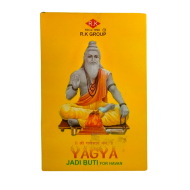

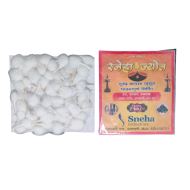
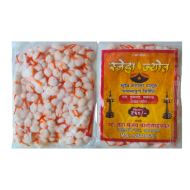
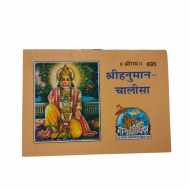
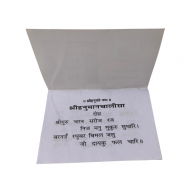
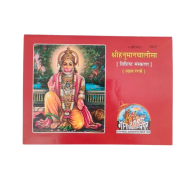
-190x190.png)
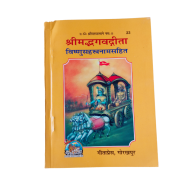
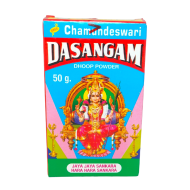
Leave a Comment